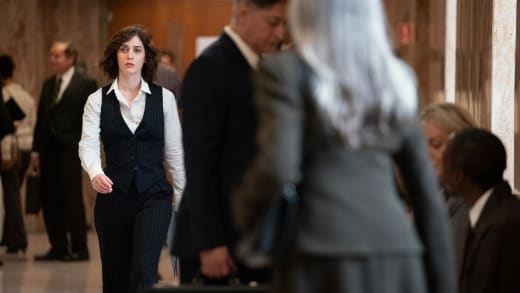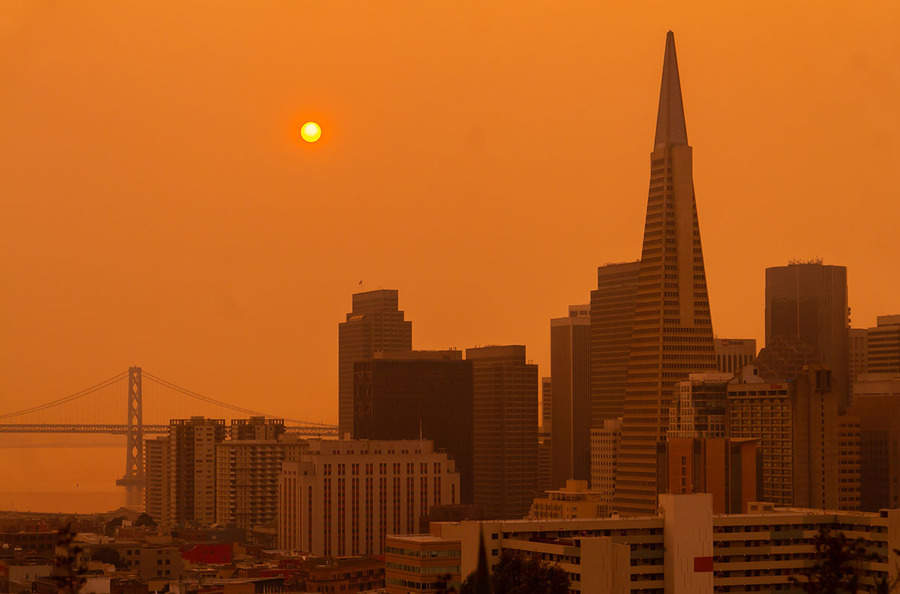Giant screens, a gang dressed in the full, black Mission: Impossible look, a red carpet in a semicircle, with Tom Cruise standing at the top of the Spanish Steps in Rome with the entire Piazza di Spagna below him, watching every move and hanging on every word.
The world premiere of Mission: Impossible – Dead Reckoning Part One in Rome Monday night was more than just another red carpet gala, it was a declaration of love to cinema, to movie theaters and to Italy itself. The applause was not just for the star or the franchise, who returns as the increasingly pained, almost fragile Ethan Hunt in the seventh edition of the film series he started back in 1996, but for the system it represents. Cruise represents that system. Standing in front of this crowd of journalists and fans, he is the savior of the big screen, the one who demands his films be released in theaters, no ifs and or buts. As it was with Top Gun: Maverick, so it is with the seventh Mission: Impossible. Cruise is the one who insists his films release in accordance with the old “windowing” system, making sure theatrical exhibitors get as big a share of the profits as possible before the various other platforms get a hand in.
Before kicking off his red carpet marathon, in which he seemed determined to greet every single guest, Cruise reminded the crowd of “how important it is to show not only that you can still make movies but also that you can get back to filling theaters after the most difficult time the world, and this art form, has been through.”
Cruise recalled how Mission: Impossible – Dead Reckoning Part One was shot in Venice and Rome “in full COVID. “It was very important to do that to show everyone that the pandemic was not going to kill cinema,” he said. “I have to thank everyone, with our very strict safety protocols and the help of this country, together we did something extraordinary.”
Looking down from the Spanish Steps, Cruise recalled a scene the film shot in this iconic landmark.
“We turned this wonderful square, for a day, into an open-air set when we shot here and it was fantastic,” he said. “We did it by closing it off to the public, and I admit it’s one of those things that I regularly ask studios for.”
He continued, “I love doing these things and organizing them. I love to travel not only to promote my films, but also, above all, to make them, because this allows me to promote and teach my know-how, and in doing so help the whole industry, all over the world, to grow. That’s why when I take films to different countries, I review them in that language and try to see the best of their filmmaking at that time in their theaters.”
Nearly 61 years old, Cruise has not lost his childlike smile, or, he admits, his youthful ambition. “Ever since I was a child I used to look at the tallest buildings, the skyscrapers, and imagine how to climb them, or even better, how to get down from the top to the ground. Without using ladders, of course, but also without losing my life,” he added. “I think it’s that childhood dream that always pushes me further and makes me face these challenges myself.”
Cruise’s race through downtown Rome, in a vintage yellow Fiat 500, in the first Mission: Impossible is already part of the collective cinematic imagination. The mad dash between Rione Monti, Via dei Serpenti lapping Colle Oppio, through the streets around Santa Maria Maggiore before taking the less conventional descent down the Trinità dei Monti staircase, skidding to a halt at the bottom of the Spanish Steps. “I love Rome, it’s a wonderful city. I’m completely crazy about it and it’s been great to work here,” he said. “I thank you for welcoming me and how well it has allowed us to work.”
























































